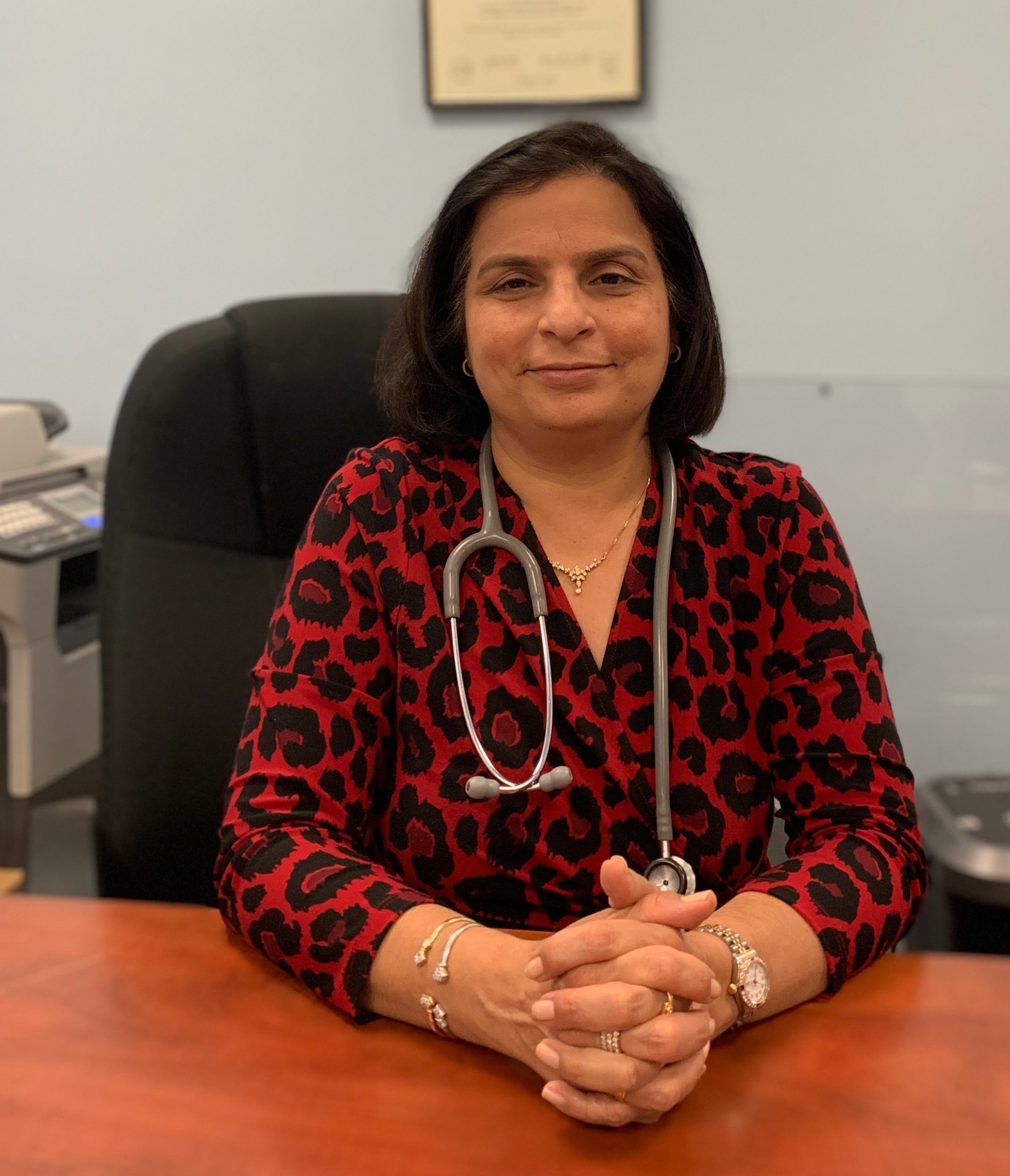Provider Spotlight
Technology, Access, and Efficiency in Primary Care: MSHP Spotlight on Dr. Sonia Gidwani, Pediatrician and Member of MSHP’s Clinically Integrated Network (CIN)
After practicing pediatrics at St. Luke’s Roosevelt Hospital where she rose to Chief of Ambulatory Pediatrics, Dr. Sonia Gidwani opened a private practice on the Upper West Side and is a member of MSHP’s CIN. We spoke with her about how she leverages technology to manage her practice efficiently and provide her patients with greater access to care.
Leveraging Young Minds and Technology
Dr. Gidwani started her practice 12 years ago without support staff and a huge learning curve ahead. She played every possible role at the practice in addition to physician — the janitor, the biller, the check-in person; she knew that in order for her to grow she needed to learn as much as she could. And fortunately, she was able to do so with the help from her family and local high school students.
The young people in her life were instrumental in helping her see the value of technology through the adoption of an electronic medical record (EMR) system. They taught her how to navigate the system and build EMR templates that made documentation easier and more efficient. When her children’s high school asked Dr. Gidwani to take on a couple of students for summer internships, she welcomed them with open arms and the results were astounding.
The students were mining the EMR data in ways that Dr. Gidwani hadn’t considered, such as assessing patient wait times and pediatric weight curves, all to improve workflows, efficiency, and patient experience. “I needed new blood and new minds that could think outside the box and grow the practice in a different way, rather than hiring people with more experience who were not able to change with the times,” Dr. Gidwani says.
As her expertise in technology and innovation grew, so did her practice operations. Today she employs three non-medical staff in addition to two nurse practitioners. The team is trained on every part of the full revenue cycle so that each member understands how each role contributes to the success of the practice. “If I only taught my MA to do MA work, and not how billing works, she wouldn’t know that not entering the address of a patient leads to a denial.” Cross training her staff has also made transitions and coverage easier; when someone leaves they can train their replacement and if someone is sick or on vacation the practice can continue to run smoothly.
Her practice operations are so efficient that her office manager even works remotely from Boston. Between 8:00 and 10:00 AM, when everyone else is commuting to the office, the practice manager is responding to calls and e-mails that came in the night before and scheduling appointments for the day ahead.
Increasing Care Access
Technology has also helped soothe her patients’ anxieties by making her accessible to patients at all hours through secure e-mail.
“A lot of issues, especially in pediatrics, are anxiety-related. If you can write a short e-mail that will calm parents down, that goes a long way. E-mailing and speaking to them at whatever hour was convenient broke the access barrier, and I’ve found that patients are much more respectful of your time when they have access to you.” She notes happily that she rarely gets more than two or three 2:00 AM phone calls in a month now that she is able to address patient concerns quickly, wherever she is, via e-mail.
Being Open to Change
She is also excited about using technology and embracing new methods to provide quality care. As a member of the CIN, the enhanced payer rates and reimbursements have helped her focus on achieving clinical quality measures.
“Everyone knows when a patient walks in the door that we should always check immunization status, if they’ve had their physical or not, and whether there are any issues we need to address. It takes an extra 5-7 minutes but you feel great. You’re providing good quality care and you no longer have to run on volume to generate the paycheck you would like,” she says. And when things are slower, as is the case when walk-in appointments go unfilled, her staff go into Lumeris ADSP, look at which patients are due for a physical, and reach out to schedule them for that week. She’s found that e-mailing twenty people leads to about five appointments.
Ultimately, she says that it’s important to be willing to change. “If you’re someone who just wants to provide care you’ll get to the point where you can’t do it anymore. If we cut back on the number of patients we see or maintain our current loads but use technology to make things more efficient, seek help, and treat every day as its own learning opportunity, you’ll leave happy and be more efficient without negatively impacting your bottom line.”
From the earliest days of her practice, this spirit of embracing change and partnership in order to provide high-quality care has been a driving force in Dr. Gidwani’s success.
If you are interested in being featured in the MSHP Provider Spotlight Series, please contact Tiffany Cheng at Tiffany.Cheng@mountsinai.org.
Click here to view all of our provider spotlights or visit our News & Media page for all of our newsletters, podcasts, and spotlights.
